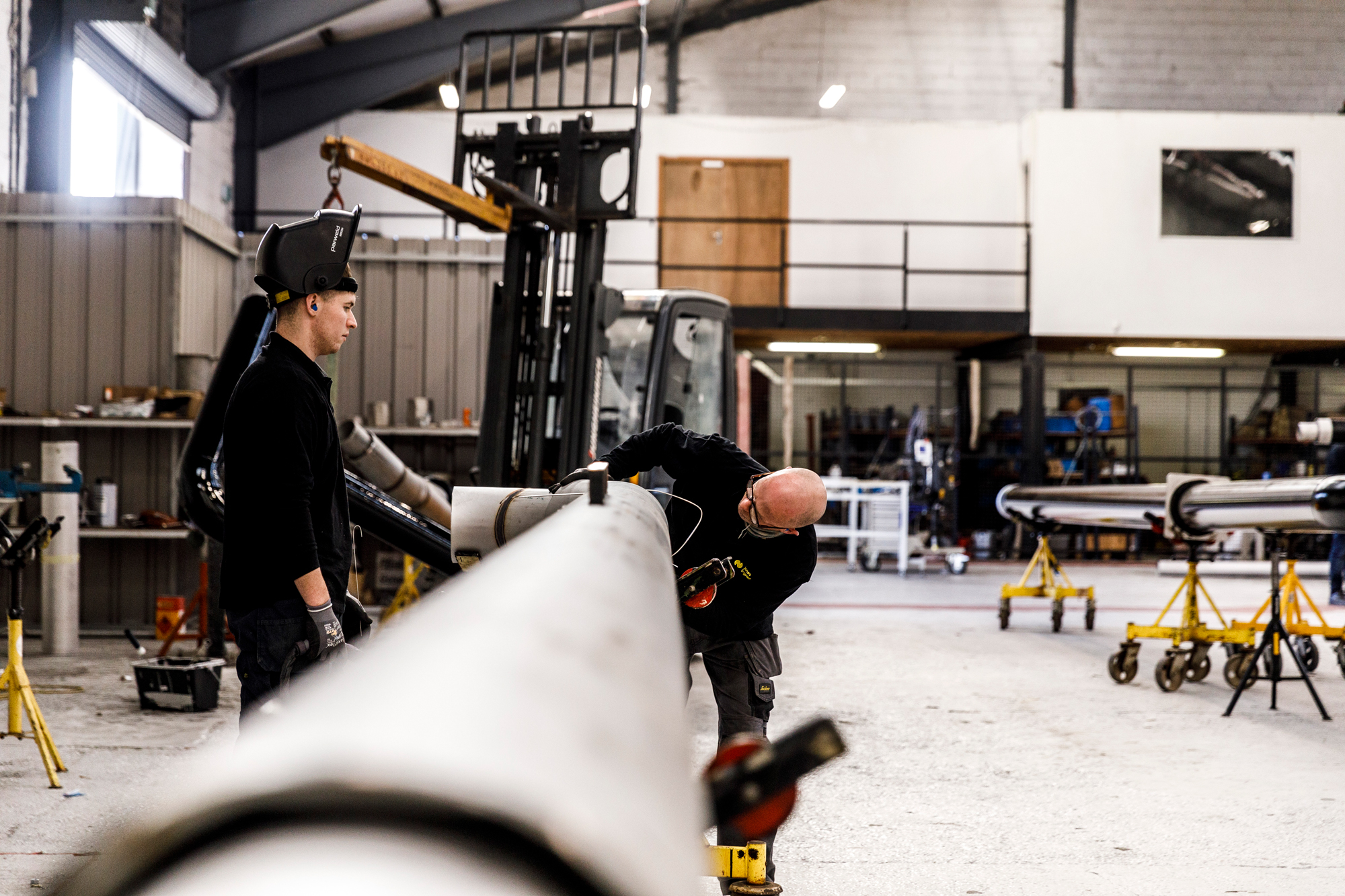
Our ethos of “right first time” applies to every project we complete but it’s of particular importance when we are working on underground drainage for our pharmaceutical and industrial clients.
One of the interesting aspects of underground drainage projects is the fact that most of the works will not only be covered by earth, stone and concrete, they will also have an entire facility built on top of them. It is critical that all systems are installed to the highest quality standards with no room for error.
We understand the complexity of design and installation for demanding double containment applications. We typically install double containment drains, or secondary containment drains, to help manage high temperature or corrosive waste, in pharmaceutical and industrial facilities. Double containment piping systems are used in conjunction with trench drains, catch basins, floor gullies (single & double contained) and other drainage systems components, all subject to high or fluctuating temperature. We install different types including Double Contained Stainless Steel Drainage, Single Contained Stainless Steel Drainage, Single Contained PVC Drainage and Double Contained RFP (Reinforced Fibreglass Pipework) Drainage.
Safety and environmental concerns are top priorities we share with our Clients. Reduction of emissions, energy conservation and prevention of ground water contamination are some of the areas we can directly impact to ensure we are working sustainably. Double contained drains are safer for the environment, protecting the earth around them. They ensure that should a leak occur, people, equipment and valuable property will be protected from possible harm. This is especially important in our specialist areas of major industrial and pharmaceutical underground drainage projects.
On most of our underground drainage projects we take on the Design Assistance Role, which involves completion of the design to IFC from 30-60%, as well as the fabrication and installation of the full underground drainage scope. The planning and design stage on these projects can be very intensive. For example, on our BMS LSCC Project the planning and design stage commenced only 4 weeks before the 12 week overall installation schedule for the underground section of the scope. The project required the production of 474Nr Isometric drawings from our inhouse BIM design team, which in turn fed 3 workshops working 6 days per week in order to meet the fabrication requirements. Key to success was the overlap of design, fabrication and installation to ensure that the overall 12 week site installation could be achieved.
Installation is the next step and there is no let-up in intensity. One of our projects required a 3-week site nightshift on a particularly complex portion of the scope to meet milestone dates and in addition peak onsite manpower reached 55 to support this. At the installation stage, coordination with the Civil contractor who excavates and backfills the trenches is key to achieving the project completion on schedule. We have a proven history of working alongside other contractors and believe that collaboration and teamwork are essential components to ensure delivery of successful projects.
Relationships are at the heart of our business and this approach results in repeat work with existing clients. We have undertaken underground projects for clients including Pfizer, BMS, MSD, Diageo, Wuxi Biologics, Fujifilm Diosynth and Leo Pharma.
With continued investment and significant presence that the pharmaceutical industry has in Ireland, it will only lead to further growth and new jobs being created. Due to continued expansion, Jones Engineering are recruiting a range of positions across Ireland and Europe which can be viewed on their website: www.joneseng.com
